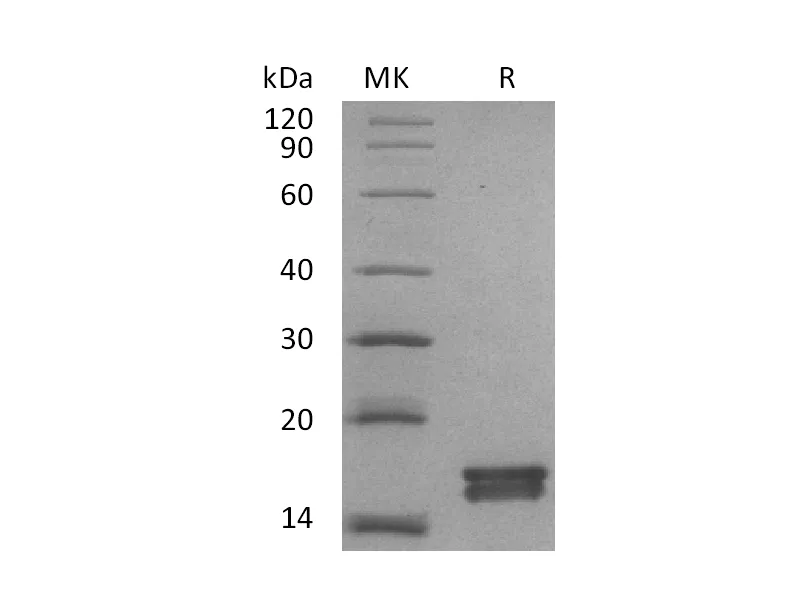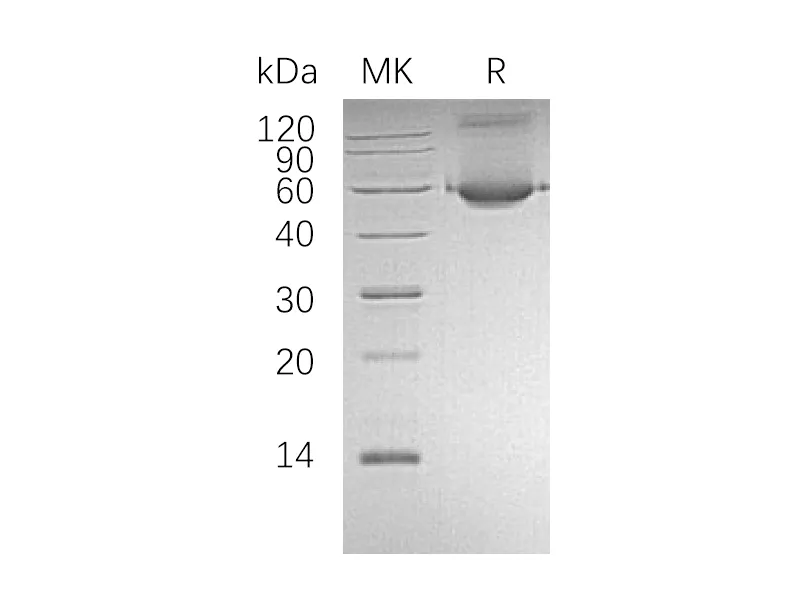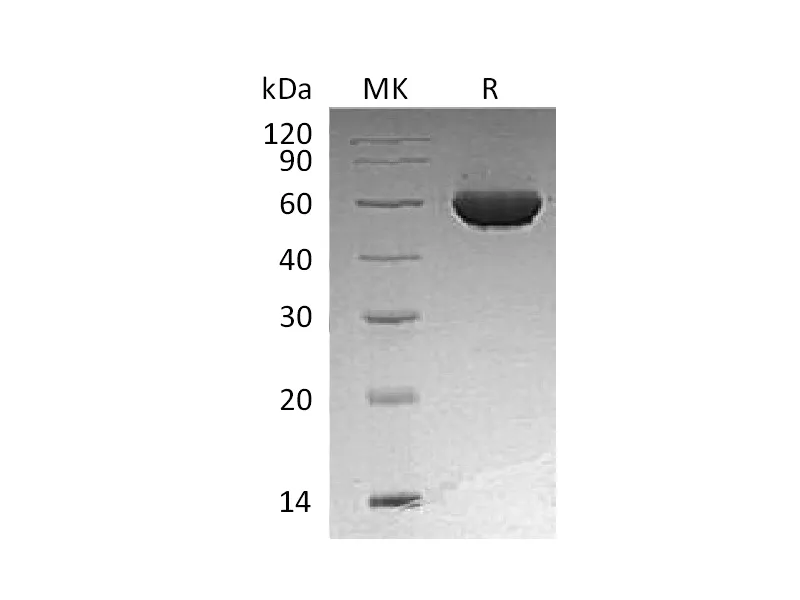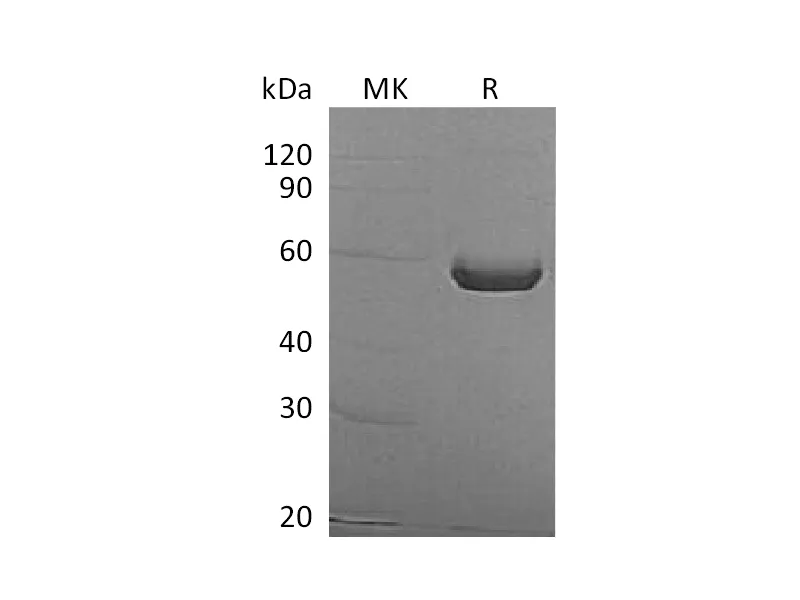Alternative Names
Alpha-Taxilin; TXLNA; TXLN
Background
α-Taxilin belongs to the taxilin family. α-Taxilin exists in almost all tissues, with higher expression levels observed in the heart, kidney, liver, and pancreas. α-Taxilin binds to the C-terminal coiled coil region of syntaxin family members STX1A, STX3A, and STX4A, but not when these proteins are complexed with SNAP25, VAMP2 or STXBP1, suggesting that it interacts with syntaxins that do not form the SNARE complex. It is shown that α-Taxilin plays multiple roles in the generation and maintenance of neurons through modulation of the NAC-mediated translational machinary and/or the syntaxin-mediated vesicle traffic in the soma. In addition, α-Taxilin may be involved in intracellular vesicle traffic and potentially in calcium-dependent exocytosis in neuroendocrine cells.
Note
For Research Use Only , Not for Diagnostic Use.




